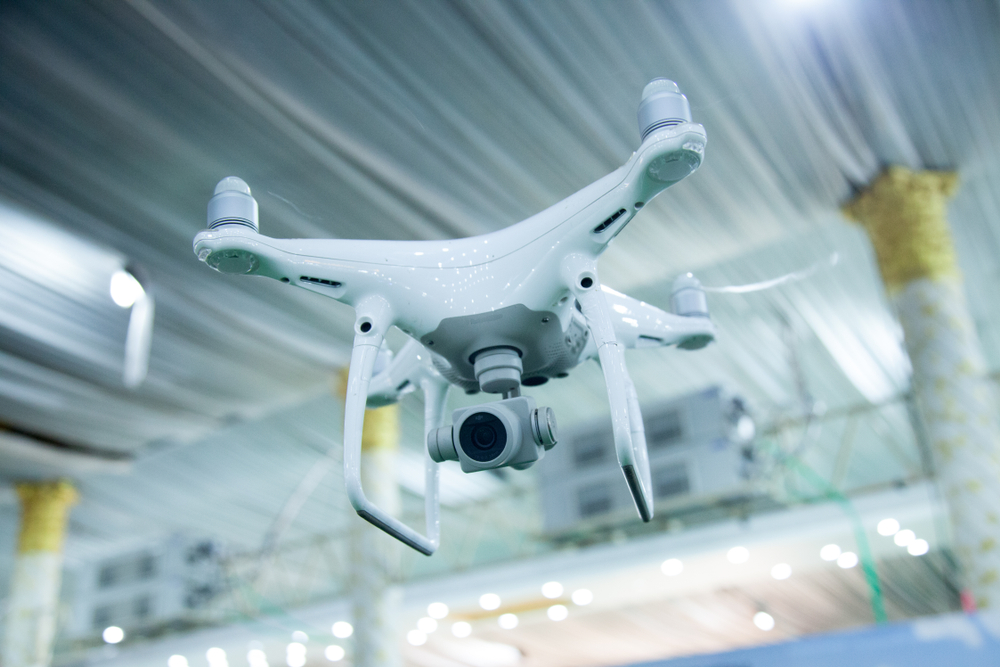
Drones have caught the imagination of one and all, especially post 9/11. The recent conflict between Armenia and Azerbaijan and the decisive role the drones played have propelled them to mainstream as weapons that are more likely than not to be confronted in future.
The nature of drones is such that they are difficult to detect, spot and useful for many applications as weapons in mainstream warfare. From reconnaissance and espionage, target designation, enemy movement tracking, logistical support, communication and navigation aid, search and rescue, gun platforms, swarm attacks and night vision situational awareness – they are potent systems that will be a defining feature in the future of warfare. Airborne disposable autonomous drones with their suicide missions are the newest quintessential reality.
The history of drones can be traced back to 1849 when Austria attacked the erstwhile Venice using unmanned balloons fitted with explosives. While balloons and drones may be hard to conceptualize together, the concept of unmanned aerial systems was considered back then as well. The first aerial unmanned vehicle was the Ruston Proctor Aerial Target, seen in 1916. Subsequently, technology has improved and better compact sophisticated drones, RPAS and UAS are on the anvil.
The 50s had seen the appearance of recoverable drones. They provided an answer to the vexing issue of losing pilots during aerial recce/photography, which, by then, had become essential. On 15 November 1964, a Firebee spy drone was shot down over China – the first known use of recce drones. Vietnam saw the first en-masse use under Operation Buffalo Hunter. Loss of 31 Americans when North Korea shot down a US aircraft on 15 April 1969 incited US drone research.
Subsequent developments in the miniaturized transistor and power source permitted increased payloads and brought the drone industry into the recreational and commercial fields – boosting further improvement. Concomitantly assault drones emerged and have become household names post 9/11. There are few conflicts thereafter wherein reports of drones getting used have not emerged. While Nagorno-Karabakh suggests drones being extremely difficult to counter, over the previous couple of decades multiple are shot down. Prior to the autumn 2020 war, Armenia and Azerbaijan had clashed in July 2020 when 13 drones had been shot down by the former, apart from 3 captured in 2012 and 2017. As drone usage increases, counter-drone technology is catching up. In days to come, the heavier more expensive drone may lose its relevance as a low-cost multitask aviation. It can therefore, be reasonably inferred that drone technology isn't a technology in futuristic sense but of today. It has been around for quite a few decades and has been used as a weapon of war in various theatres. As technology develops, the balance between the sword and the shield is likely to be restored once again and counter-drone technology development will take center stage in the years ahead.
Given the geography of India and the hostility it faces from state and non-state actors, armed drones will be an important military upgrade required for its Armed Forces, Central Armed Police Forces, State Police Forces battling insurgencies and its specialized Disaster Management Response units. The capability to perform various tasks and functionalities including penetrating enemy air space stealthily with explosive payload, engage surface to air and air to air targets and having night vision capabilities with advanced navigation control feature will define a relevant need of the future and create multiple new solutions and strategies for the future of warfare we could witness. This would entail new SOPs, guidelines, strategies not only for conventional warfare but in asymmetrical tactical level response.
Greater investments in SIGINT-specific ISR (Intelligence, Surveillance, and Reconnaissance) data from air borne sensors, electronic warfare and counter drone systems is the need of the hour. A combination of add-ons from the AI playbook combined with precision, surprise and human ingenuity will play a critical role in enhancing the response to this aspect of warfare. There will be a need for a new type of soldier who will be trained in AI, data science, software development and should be able to work and re-work algorithms closer to the front lines, or nearer to the area of conflict. Private sector and startup participation to find solutions to various aspects of this emerging disruptive aspect of warfare will be critical.



